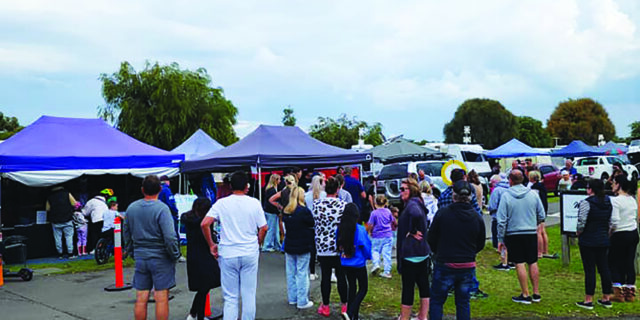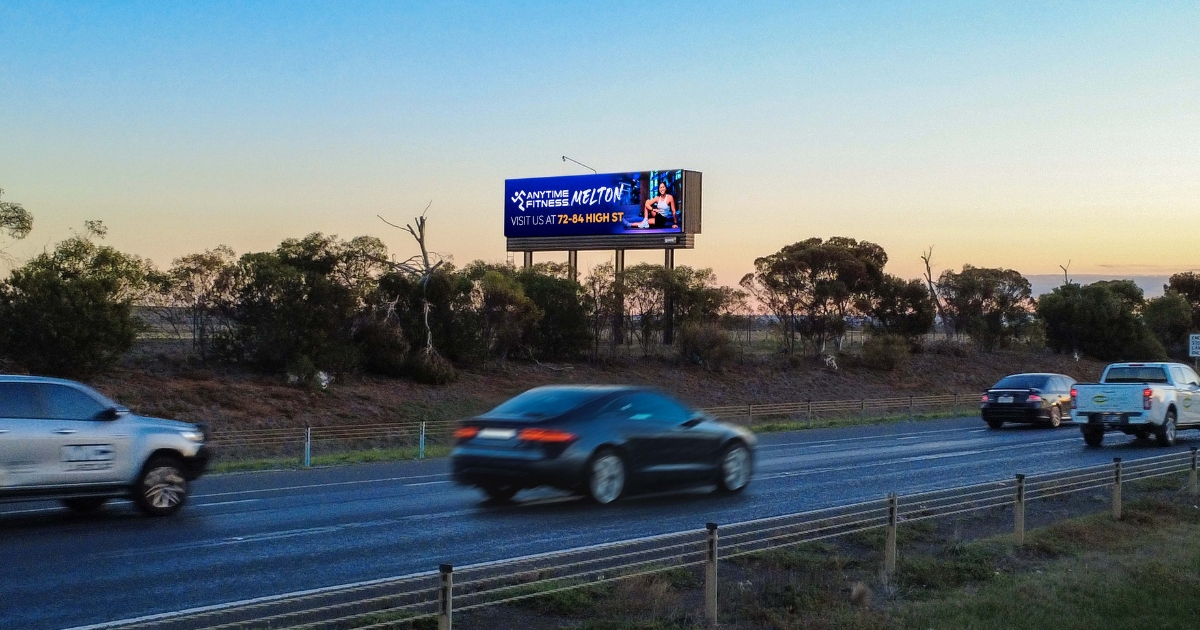Will’s Wish again funds vital research
ANNUAL fundraiser Will’s Wish has again produced an excellent result on Good Friday, bringing in nearly $17,000 to go towards optic neuritis research.
Will Tasic was diagnosed with the rare neurological condition in 2017 at the age of nine and his family has been fundraising ever since, setting up in the Portarlington Holiday Park each Easter to run stalls, raffles and other activities.
Based in Ballarat, the Tasic family have camped on the Bellarine Peninsula for more than two decades and the annual fundraisers have become a fixture for the Portarlington community.
Will’s mother Angie said Will’s Wish raised almost $17,000 in its seventh year – not far off the $20,458 raised in 2021.

“The word has spread, and Bellarine Bayside [Foreshore Committee of Management] have pushed it a lot more for us too, they love it – they put a post on their Facebook page that said ‘It wouldn’t be Easter without Will’s Wish’, so I thought that was pretty great.
“I think we’re attracting a lot more people now, a lot more people are staying in the caravan park because they want to enjoy the day; people we don’t even know.”
She said although Will’s Wish raised money on Good Friday, it was not associated with the Royal Children’s Hospital’s famous Good Friday Appeal and the funds instead went to the Murdoch Children’s Research Institute.
“Those millions of dollars through the Good Friday Appeal will never reach kids like Will, because they’re so rare.”

The institute announced in late 2022 that thanks to the support of Will’s Wish, the dymelination research team was able to employ two extra positions to help with a possible clinical trial.
“So our money is actually going somewhere to help something amazing now,” Angie said.
“When they sent that through to us last year, I couldn’t even read the email; I was crying so much.”
She said Will himself, who will turn 17 this year, was an enthusiastic supporter of Will’s Wish and loved taking part each Easter.
“It gives him hope to see that there is a future in this research, and that maybe one day there might be a cure for things like this.”


















